Neuroscientists are finally decoding how to artificially boost human memory with startling precision.
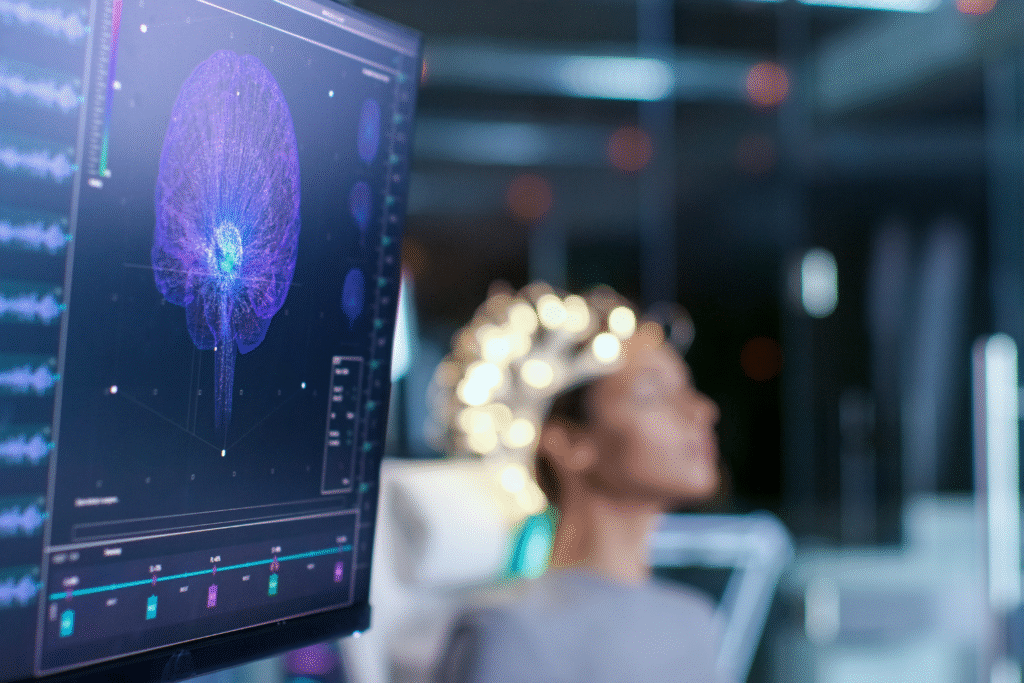
The science fiction concept of uploading memories or enhancing recall through brain implants has moved from speculation to laboratory reality faster than most people realize. Researchers have successfully demonstrated devices that can record neural patterns associated with memory formation and play them back to strengthen recall. Early human trials show promise that seemed impossible just a decade ago.
The technology raises profound questions about identity, fairness, and what it means to remember authentically. Still, for millions suffering from memory loss, these devices represent hope that neurological damage might finally be reversible.
1. Hippocampal implants have successfully restored memory function in patients with brain injuries.
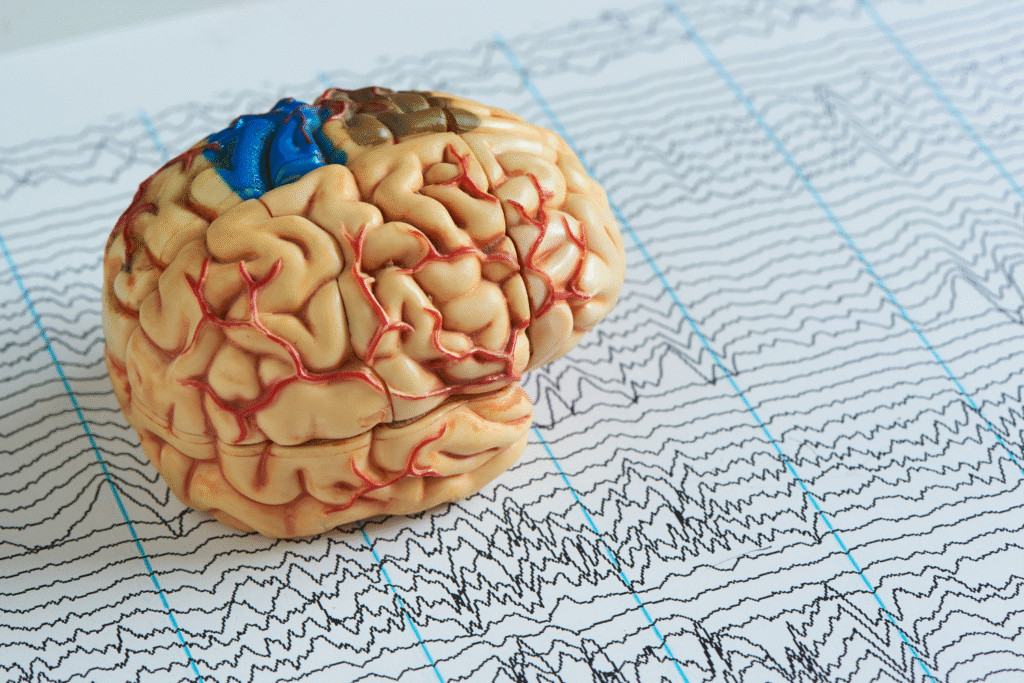
Clinical trials at several universities have demonstrated that electrode arrays implanted in the hippocampus can bypass damaged brain tissue and restore memory encoding capabilities. The devices record neural firing patterns when patients successfully form memories, then stimulate those same patterns during recall tasks. Results show some participants regaining the ability to remember new information for the first time in years following traumatic injuries.
The technology works by identifying optimal neural patterns for memory consolidation and reinforcing them through precisely timed electrical pulses. Patients report that recalled memories feel natural rather than artificial, suggesting the implants enhance existing biological processes rather than creating something entirely foreign. The success rate varies considerably between individuals based on injury location and severity.
2. Military veterans with PTSD are testing memory-editing implants to reduce traumatic recall.

Defense Department research programs are exploring whether targeted stimulation can weaken specific traumatic memories while preserving beneficial recollections. The approach involves identifying neural signatures associated with PTSD flashbacks and disrupting those patterns through carefully calibrated interference. Early participants report decreased emotional intensity when traumatic events come to mind, though the memories themselves remain accessible.
The controversial technology raises ethical concerns about whether erasing or diminishing authentic experiences represents genuine healing or simple avoidance. Some trauma therapists worry that memories serve important protective functions that shouldn’t be artificially suppressed. However, veterans struggling with debilitating flashbacks often express willingness to accept those risks if the technology offers relief that traditional treatments haven’t provided.
3. Alzheimer’s patients show improved recall when implants stimulate memory consolidation during sleep.

Experimental devices that deliver targeted stimulation during specific sleep stages have demonstrated ability to strengthen memory formation in early-stage dementia patients. The implants detect when patients enter slow-wave sleep, then apply gentle electrical pulses synchronized with natural brain rhythms that typically facilitate memory consolidation. Participants show measurably better performance on memory tests compared to control groups receiving sham stimulation.
The nighttime approach offers advantages over constant daytime stimulation by working with natural memory processes rather than overriding them. Patients experience no conscious awareness of the treatment and report normal sleep quality. The technology seems most effective for slowing decline rather than reversing existing damage, suggesting earlier intervention produces better outcomes.
4. Silicon chips can now record and store weeks of continuous neural activity patterns.
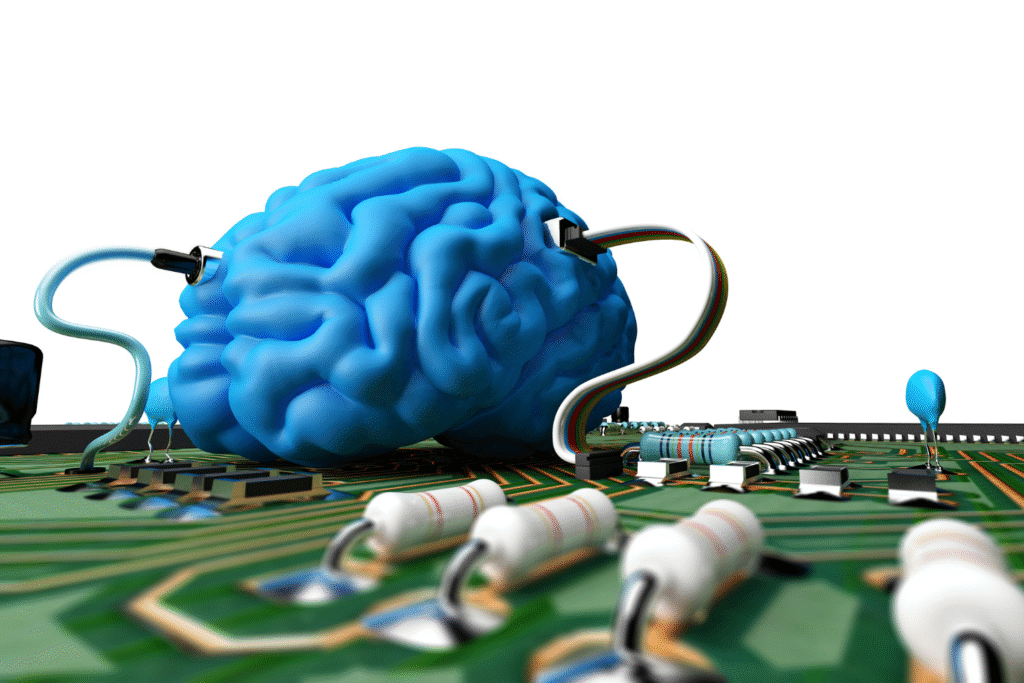
Recent advances in microelectronics have produced implantable chips capable of recording detailed neural data continuously for extended periods without external power sources. These devices capture the specific firing patterns associated with individual memories as they form, creating personal neural libraries. The stored patterns can theoretically be replayed years later to reactivate faded memories or shared between devices.
The storage capacity already exceeds what researchers initially thought necessary, with room for years of accumulated memory data on fingernail-sized chips. Current prototypes remain experimental, but the technology demonstrates that human memory patterns can be digitized and preserved outside biological substrates. This breakthrough opens possibilities for memory backup and restoration that seemed purely theoretical.
5. Closed-loop systems automatically detect failing memory formation and provide corrective stimulation.
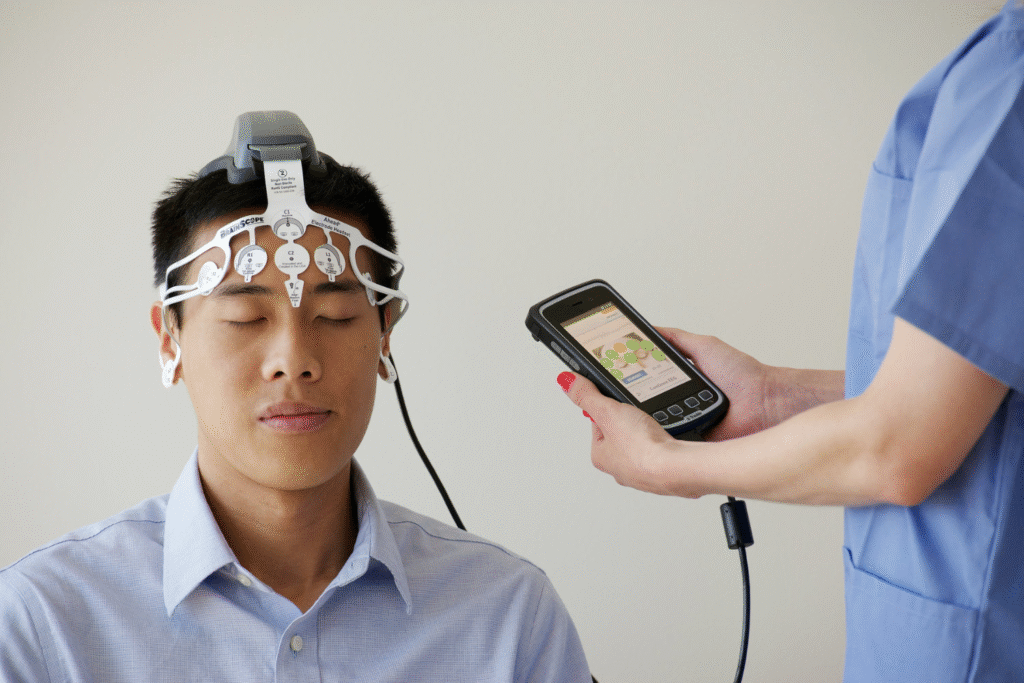
The latest generation of memory implants incorporates artificial intelligence that monitors neural activity in real-time and intervenes only when memory encoding appears weak. These adaptive systems learn each patient’s unique neural signatures and customize stimulation patterns accordingly. The approach minimizes unnecessary intervention while maximizing effectiveness during critical moments when memories risk failing to consolidate properly.
Patients using closed-loop devices report appreciating the automated nature, which eliminates the need to consciously activate systems or follow treatment protocols. The implants essentially function as invisible safety nets that catch failing memories before they disappear. Battery life concerns that plagued earlier continuous-stimulation devices become manageable when systems activate only during actual need.
6. Researchers have successfully transferred simple learned behaviors between animals using recorded neural patterns.

Laboratory experiments have demonstrated that skills learned by one animal can be partially transferred to another by recording and replaying specific neural activity patterns. Rats trained in maze navigation show improved performance when receiving stimulation based on recordings from already-trained animals. The transferred knowledge appears incomplete compared to natural learning but significantly accelerates the acquisition process.
Human applications remain years away, but the proof-of-concept suggests that expertise might someday be partially transferable through neural recordings. The technology could revolutionize education and training if safety and ethical concerns can be adequately addressed. Current limitations include the highly individual nature of neural patterns and incomplete understanding of how complex skills are encoded.
7. Memory implants raise concerns about authenticity and whether enhanced recall changes personal identity.
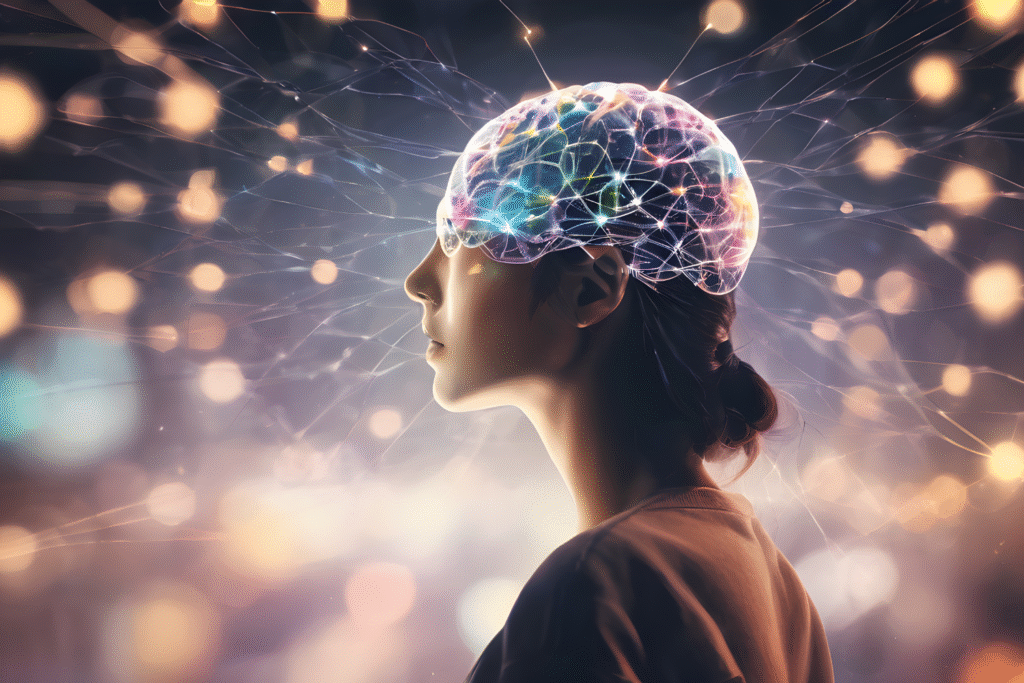
Philosophers and ethicists debate whether artificially strengthened memories differ fundamentally from naturally formed ones in ways that matter for personal identity. Some argue that the subjective experience of remembering remains identical regardless of whether biological or electronic processes support it. Others contend that authentic selfhood requires organic memory formation and that technological assistance fundamentally alters who we are.
These questions become particularly pressing when considering memory editing or transfer technologies that could create false recollections or implant experiences someone never actually had. Legal systems struggle with how to evaluate testimony from individuals with memory implants. The technology forces confrontation with uncomfortable questions about what makes memories genuinely ours.
8. Commercial memory enhancement devices could create stark cognitive inequalities within a generation.

Once memory implants move beyond treating medical conditions into elective enhancement territory, access will likely follow existing wealth disparities. Students with implants could dramatically outperform peers in educational settings where memorization matters. Professional advantages in fields requiring extensive knowledge retention could create feedback loops where enhanced individuals secure better opportunities.
Regulatory frameworks haven’t caught up with the technology’s trajectory, leaving questions about fairness and access unresolved. Some ethicists advocate for treating memory enhancement as a basic right that governments should subsidize, similar to education. Others worry that any widespread adoption risks devaluing natural human cognition and creating pressure for everyone to modify themselves.
